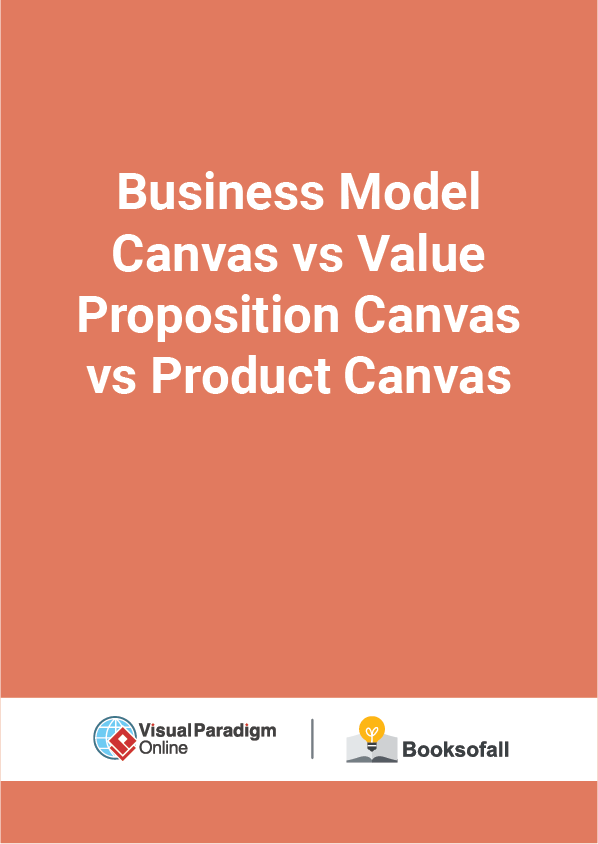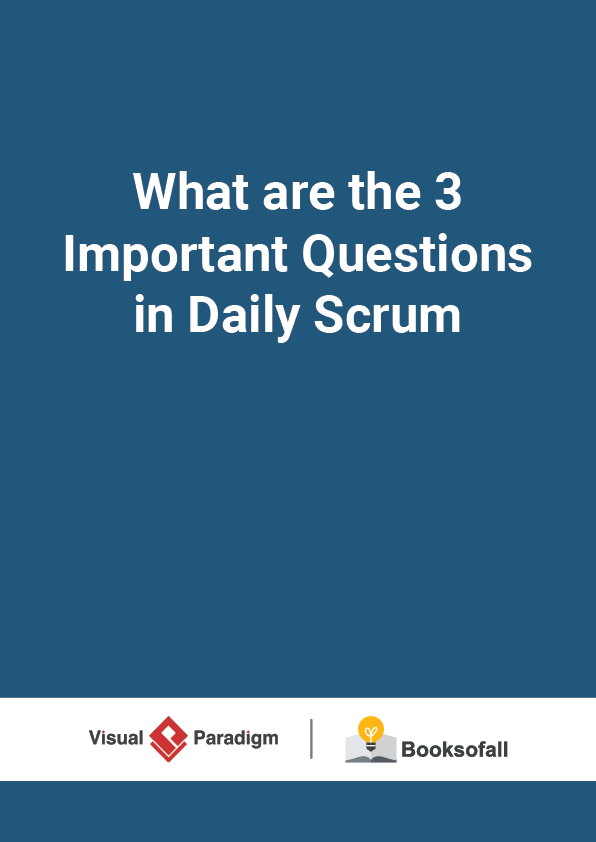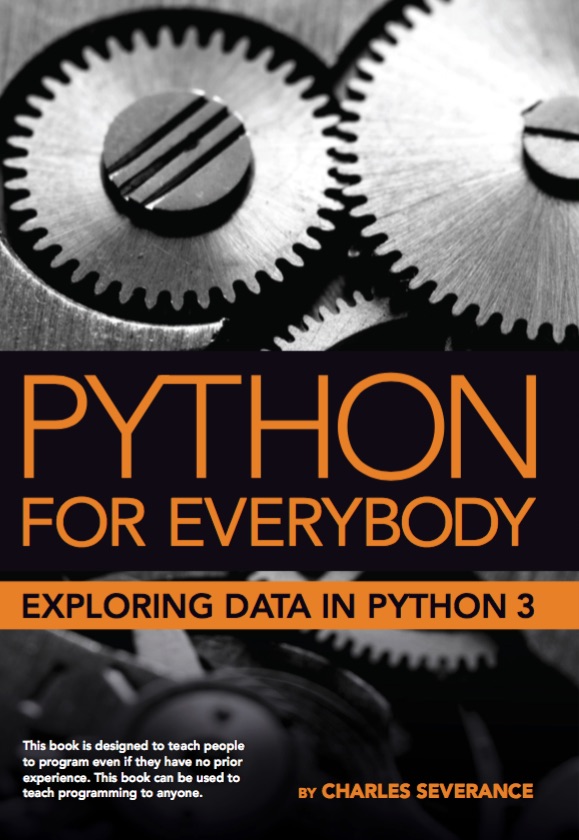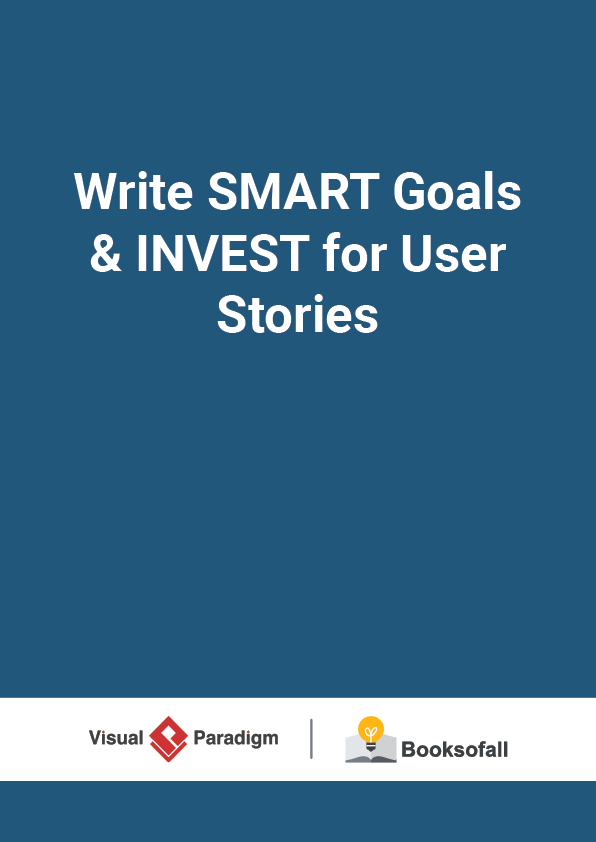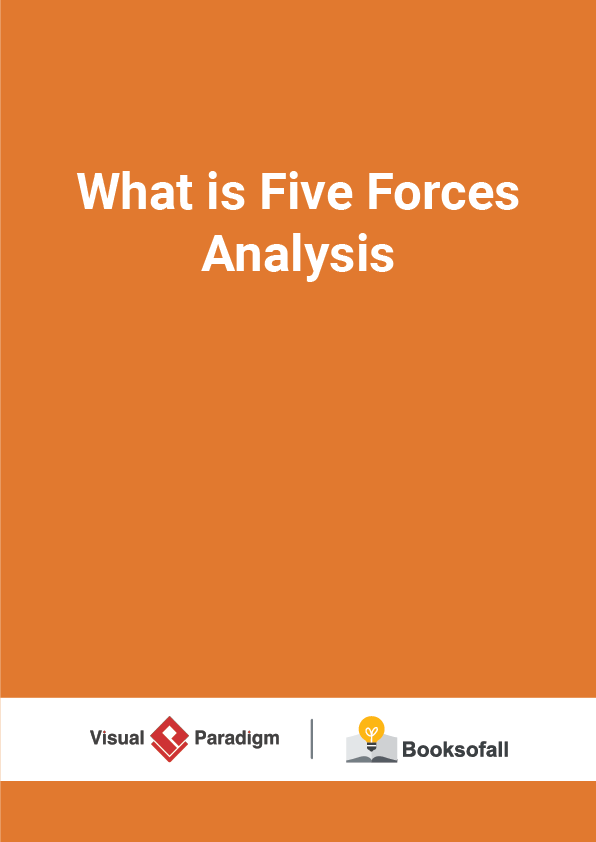Business Model Canvas vs Value Proposition Canvas vs Product Canvas
8-10 minutes
Business Model Canvas vs Value Proposition Canvas vs Product Canvas
Nowadays, Canvas is a kind of new tool emerged and gained popularity due to is simplicity. These canvases provides different template that greatly simplify the strategic business planning process. What used to be a 40+ page document can now be expressed on a single page. While canvas templates aim to provide simple effective tools for expressing a business model; there could be a great differences exist among them, as they aim to serve wide variety of business purposes or even different domains.
The most noticeable types of Analysis Canvas including business model canvas, value proposition canvas, product management canvas, lean canvas or team canvas and you will find many more if you google around in the internet; each of them with different focus underlining philosophy for achieving different goal and nature businesses. Now, let’s briefly review these popular canvas templates, before we customize or design a new template by your own:
Business Model Canvas
The Business Model Canvas, developed by Alexander Oster walder, is a visual representation of current or new business models that provides a holistic view of the business as a whole. It is lightweight, simple and easy to understand for visually documenting key sections of a business strategy. The Business Model Canvas gives people a common language through which is easy to discuss your business model with others.
The Building Blocks of Business Model Canvas
The Business Model Canvas consists of nine basic building blocks. These blocks show the logic of how your company intends to make profits in the business. Typically, the business use sticky notes to add items to the Business Model Canvas, in this way you can easily change something or place an item in another building block.
Create your Business Model Canvas by completing the building blocks in the following order
1. Customer Segments – Define the different groups of people or organizations you aim to reach and serve.
- Who are the target customers?
- For whom are you creating value?
- Who are your most important customers?
2. Value & services – Describe the products or services that create value for your customers.
- Why would a customer choose your company?
- What customer problem or need do you solve?
- Which products or services are offered?
3. Channels – Determine how you reach your customers to deliver the value.
- How does your company reach customers?
- Which communication, distribution and sales channels are used?
- How would customers want to be reached?
4. Customer Relationships – Define which kind of relationships your company has with the customers.
- Relationships can vary from manual to automated system.
- How personal is the relationship with the customer?
- What type of relationship does the customer expect?
5. Revenue Structure – Describe how the company generates revenues. Revenue is generated by selling your products or services or from other activities.
- For what are the customers willing to pay?
- For what are the customers currently paying?
- How do customers prefer to pay?
6. Key Resources – Determine the most important resources for your company. Key resources can be physical, financial, intellectual, or human.
- What resources are needed to create value or revenue?
- What resources does your company need to organize the distribution channels?
- What resources are needed to maintain customer relationships?
7. Key Activities – Define the most important activities your company must perform.
- What activities are needed to maintain customer relationships?
- What activities are needed to generate value and revenue?
- What is needed to organize the distribution channels?
8. Key Partnerships – Describe the suppliers and partners on which your company depends. Partnerships can be created to reduce risk or to acquire resources.
- Who are your partners and suppliers?
- Which resources are acquired from them?
- Which activities do partners perform?
9. Cost Structure – Creating and delivering value to customers will result in costs. Determine the most important costs inherent in your business model.
- Which Key Resources are most expensive?
- Which Key Activities are most expensive?
